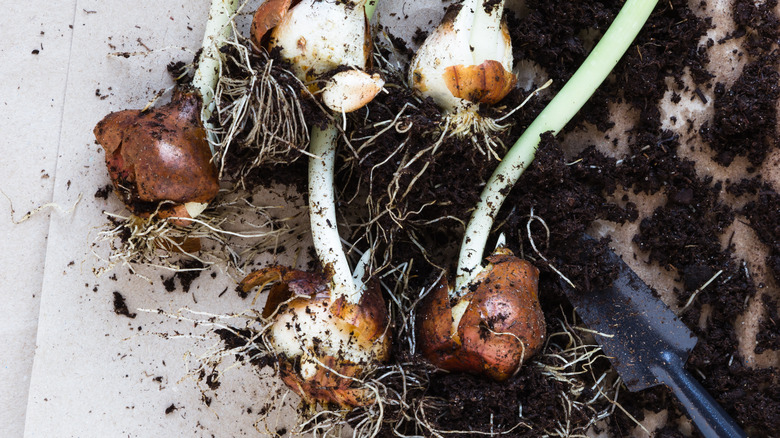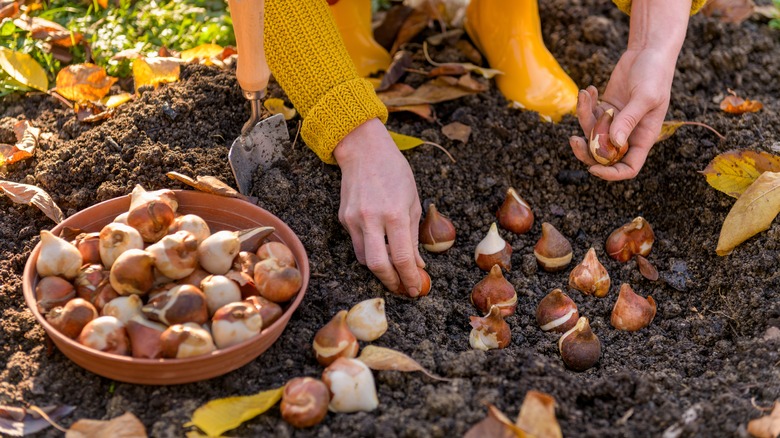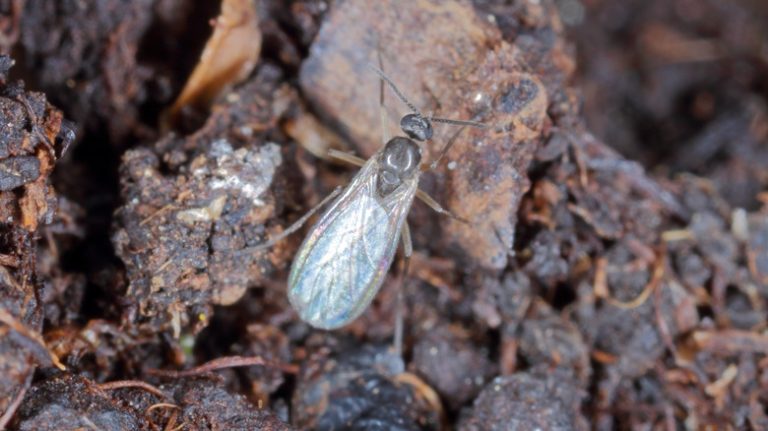Tulips are a beloved spring flower and a welcome sight after months of winter. As long as they are in the right location, many tulip varieties perennialize well and return year after year. Of course, if you’ve realized that your tulips aren’t in the best location, you can also move them to a new spot. The best time for transplanting tulips is in spring after they’ve finished flowering and their foliage has started to die back.
While tulips (Tulipa spp.) are inextricably associated with the Netherlands, they are actually native to central Asia and Southern Europe. As they require a cold period to thrive, tulips are only hardy in USDA zones 3 through 8, though growers in warmer zones can prechill their tulip bulbs in a refrigerator for several weeks to mimic this cold period. The best tulips for beginner gardeners tend to be hardier varieties like Darwin and emperor hybrids that are likely to return every year. Species tulips, also called wildflower tulips, are also a great perennial option for beginners.
When to transplant tulips

If you realize that your tulips aren’t planted in the best location, then the ideal time to move them is in spring, after their leaves have turned yellow and started to die back. This is also the time to divide clumps of tulips. In much of the U.S., this will be in late spring. If you can’t dig up your tulips for transplanting in spring, be sure to place a marker so you’ll be able to find and relocate the bulbs in autumn. If necessary, you can also lift your tulip bulbs in late spring and then dry and store them in a cool location through the summer to replant in fall.
Choose a good spot for your tulip bulbs’ new home. As long as perennial tulips are planted in a full-sun location with well-draining soil and away from hungry deer and squirrels, then they’re likely to return for you every year. If you aren’t able to find a perfect spot in your landscape, tulips also grow well in pots, where they can create stunning spring container arrangements.
Replanting your tulip bulbs

Planting transplanted tulip bulbs in the spring is the same process as planting new bulbs in the fall. While conventional wisdom has long said that tulip bulbs should be planted at least 6 inches deep, a study from Cornell University found that planting bulbs only 2 inches deep in soil and then covering them with an additional 2 to 4 inches of mulch works just as well and is significantly less work. The University of Minnesota Extension advises fertilizing tulips lightly with a fertilizer recommended for bulbs.
As tulips hail from somewhat dry regions, they require relatively little water and the bulbs can be prone to rotting. While you should water your tulip bulbs well when you plant them, after that, the best method for watering tulips is to err on the side of caution and avoid watering bulbs in the landscape more than once a week. If you’ve had issues with squirrels or chipmunks disturbing your bulbs, consider placing chicken grit or chicken wire over the area where your tulips are planted.



